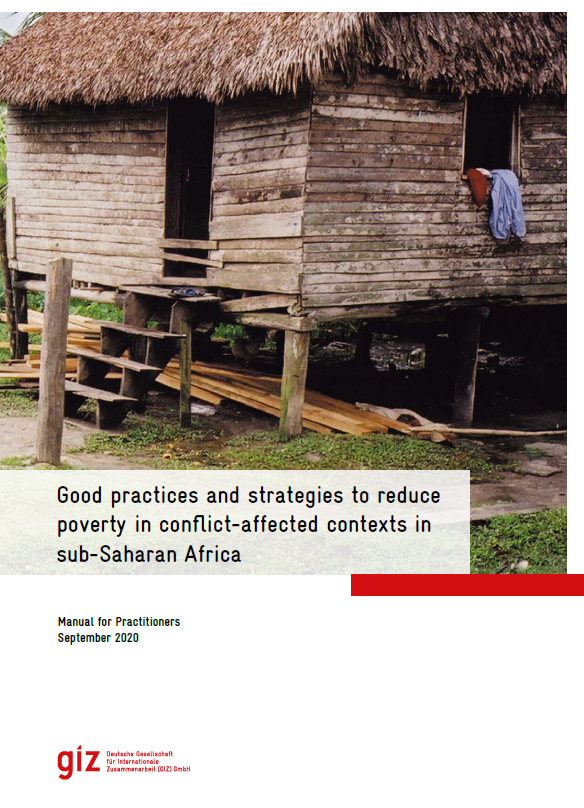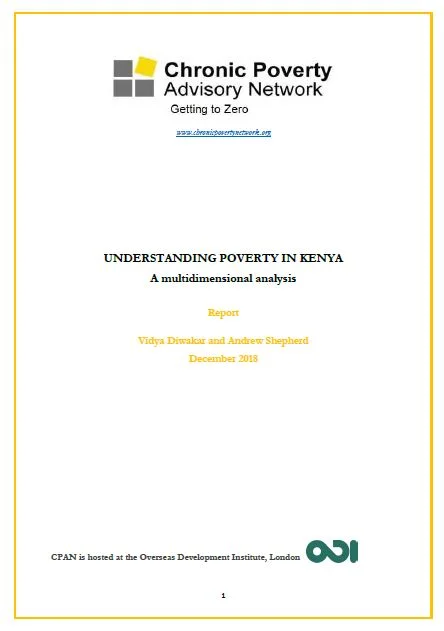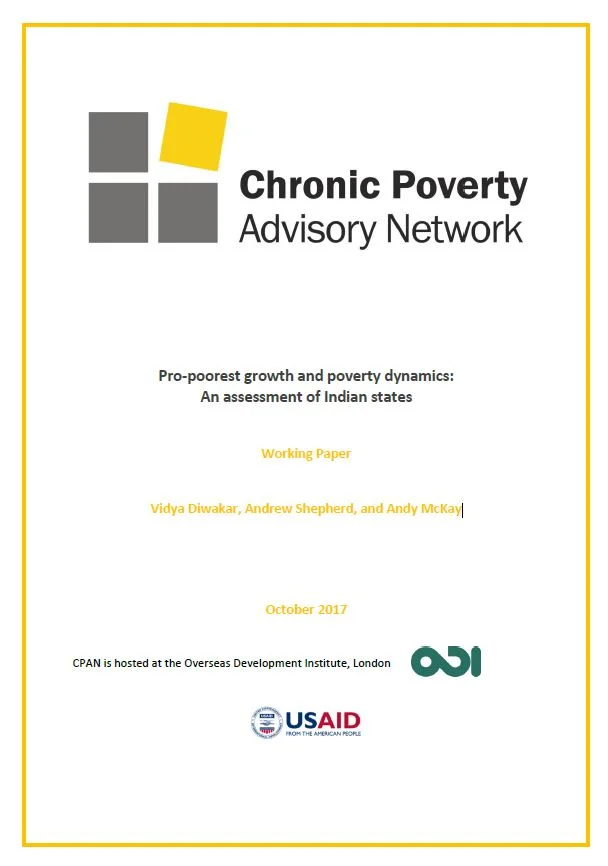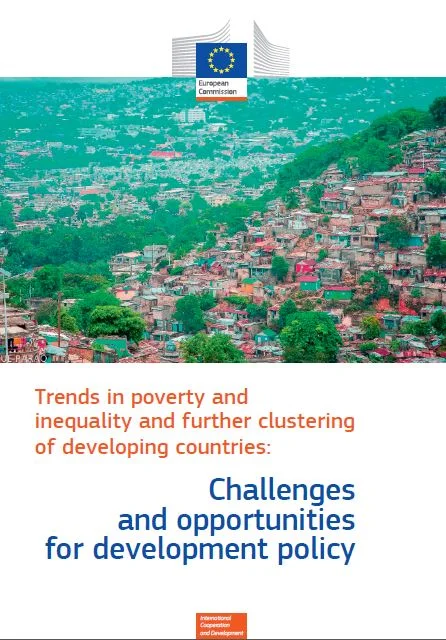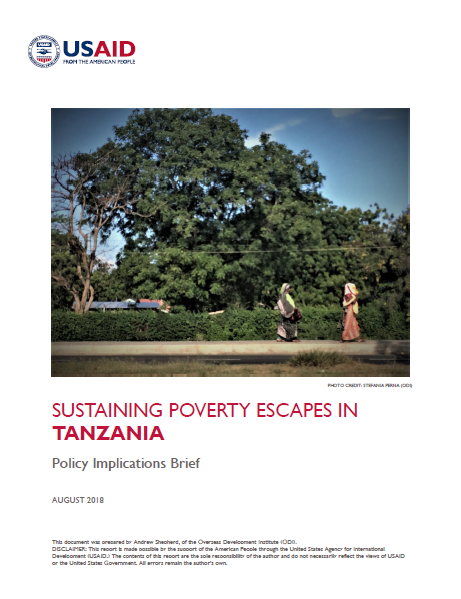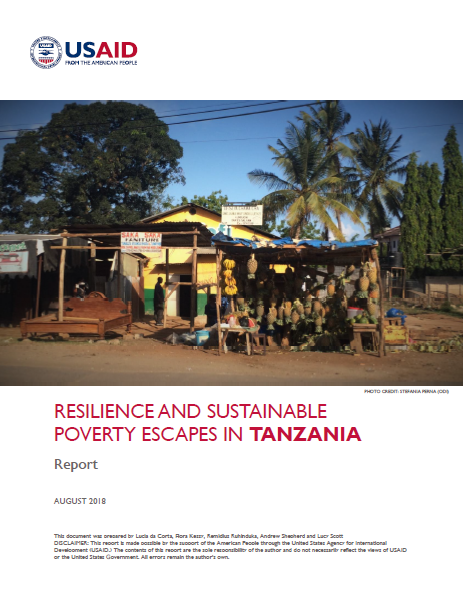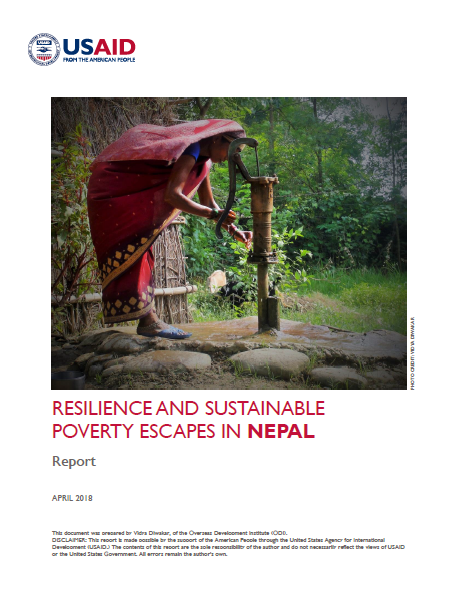How does armed conflict intersect with poverty dynamics, and how can policy and programming effectively address work at the poverty-conflict nexus?
The majority of the world’s poor today are located in FCVS, and these trends are expected to intensify. By 2030, projections suggest that anywhere between 43% and 80% of the world’s extreme poor will live in FCV contexts. Several risks are also noted in the literature to be increasing, including conflict and violent extremism, but also climate change, pandemics, and food insecurity.
These trends and risks pose significant constraints to poverty reduction. There is a mutually reinforcing relationship between poverty and conflict: poverty contributes to conflict, and conflict can impoverish people or deepen poverty. The likelihood that conflict turns extreme poverty into chronic poverty and also impoverishes, means that policy makers need to consider how to address chronic poverty and impoverishment in the context of conflict and conflict-prevention. Experiencing multiple shocks and living in conflict-prone areas have similar and mutually reinforcing effects on wellbeing trajectories.
As such, people living in conflict-affected areas facing multiple sources of vulnerability, both nationally and subnationally, must be a target group for international agencies and donors working to get to zero poverty.
CPAN has produced a suite of research over the years linked to the poverty dynamics and conflict nexus. These have been supported by a variety of funders mentioned within each publication.
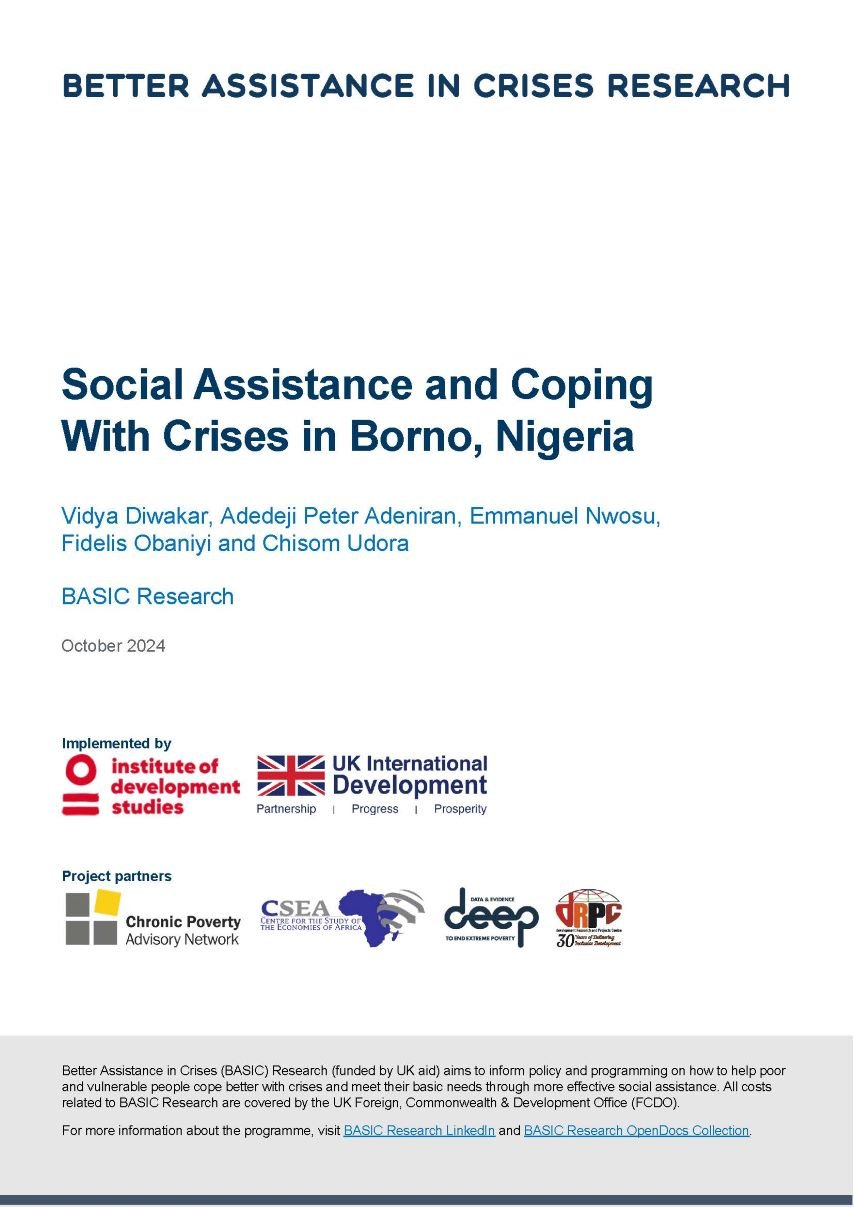
This handbook outlines effective strategies to better consider the interplay between poverty and fragility, conflict and violence in programmes and policies in sub-Saharan Africa (SSA), where most of people living in extreme poverty reside today, many in conflict-affected contexts.
The present report seeks to analyze development trends in Kenya and understand the ways in which various groups in the country continue to be left behind.
This paper presents initial findings on the relationships between growth, growth incidence across the income distribution and those poverty dynamics in India, a set of relationships which has never previously been investigated.
The objective of this study is to provide an in-depth review of the evidence on poverty and associated inequalities, and on what reduces them, in order to inform the European Union’s reflections on implementing the 2030 agenda for sustainable development.
This brief draws on results of mixed methods research in Tanzania, to offer policy and programming implications for sustained poverty reduction.
This report focuses on household poverty escapes in Tanzania and explains why some households escape poverty and remain out of poverty (sustainable poverty escape, or resilience), while other households escape poverty only to fall back into poverty (transitory poverty escape) or descend into poverty for the first time (impoverishment).
The focus of this report is on household poverty escapes and what explains why some households escape poverty and remain out of poverty, while other households escape poverty only to fall back into poverty and still other descend into poverty for the first time.
Photo credits: Displaced women carrying their belongings arrive in Bossangoa, Central African Republic, after fleeing violence in their village. Photo: © UNHCR/B. Heger



